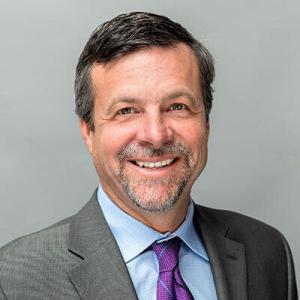Hi, my name is Matt Eason. I’m a wrongful death and personal injury attorney here in Sacramento. I’ve been practicing that area of law for over 25 years. In this video, we’re going to talk about what happens in a wrongful death lawsuit in California or how does a wrongful death lawsuit work?
Please click here to view the video.
For the purposes of brevity and organization, there are six different parts that we’re going to talk about in this video. Each of them only for a few seconds, but the reality is, we could talk for hours about all of them.
The first phase of handling a wrongful death case has to do with assembling the facts and pre-litigation attempts to try and resolve the matter. During this phase, we’re obviously going to look into what caused the accident, solidify witness statements, get various reports from the hospital, the doctor’s office, the coroners, the police officers, things like that. As well as to get a proper picture of all the elements of damages that the heirs may have. Simultaneous with assembling the evidence, we’re also communicating with the defendant and their insurance company to find out what the insurance policy limits are and what resources may be available to satisfy a claim for wrongful death. After that information is assembled, then a package is put together, hopefully trying to resolve the case without protracted litigation and see if we get the matter resolved.
If the case is not resolved without filing a lawsuit, then the second phase of handling a wrongful death action in California has to do with the generation of the pleadings. The pleadings are the documents that are filed with the court by the plaintiff’s side and then responses by the defense side to frame the issues for the court about what the case is and how it’s going to proceed. The typical pleadings that are filed for the plaintiffs would be a complaint that sets forth the factual allegations of what happened and who caused it to happen. The defendant usually files the response to that, and it’s an answer. The answer is typically a generic denial, that says, “I deny,” and lists various affirmative defenses.
As the pleadings are being finalized with the court and everybody understands the issues and how they’re framed, what starts up then is the third phase of litigation, and that is the discovery phase. The discovery phase is much like the original investigation phase, except for this is a formal discovery. The parties have to exchange emails, usually through their attorneys, questions, and answers about what had happened and what the damage is being claimed. Sometimes there will be some requests for admissions and admit there was liability, admit things like that. Then usually, there are depositions where you get to sit down and ask the other side questions about their claims in their defenses.
While settlement negotiations are often going on throughout all phases of litigation, the fourth phase is kind of more of an informal settlement process. It sometimes happens in the middle of the discovery phase. Sometimes it doesn’t happen until a complete conclusion of the discovery phase, but it’s usually an opportunity where the parties will attend a mediation or a settlement conference. The mediation and the settlement conference are intended to be non-binding sessions where the parties can sit down with a neutral third party and help them try to come to a final resolution of their claims.
If the parties can’t reach a resolution informally or formally through settlement negotiations at a settlement conference or the mediation, the case goes to trial. The trial is usually set in at least two different distinct parts. The first part of the trial historically is on liability and damages. Was the defendant at fault, and what are the damages that were caused by that? That phase of the trial is normally handled by a jury. Once the jury has issued a determination as to liability and issued a determination as to what the damages are, then the last phase of a wrongful death action kicks in, and that’s a trial with the judge to determine the appropriate division of the assets amongst the heirs.
As I mentioned at the beginning of this video, we could talk for hours on each of these different segments of it, but as an overall view of what happens in wrongful death action in California, that’s a pretty good summary. If you’ve got questions about a wrongful death case you have concerns about bringing or not bringing one, I hope you consider reaching out to me to discuss it further. You can reach out to me personally or one of our wrongful death attorneys in Sacramento.

